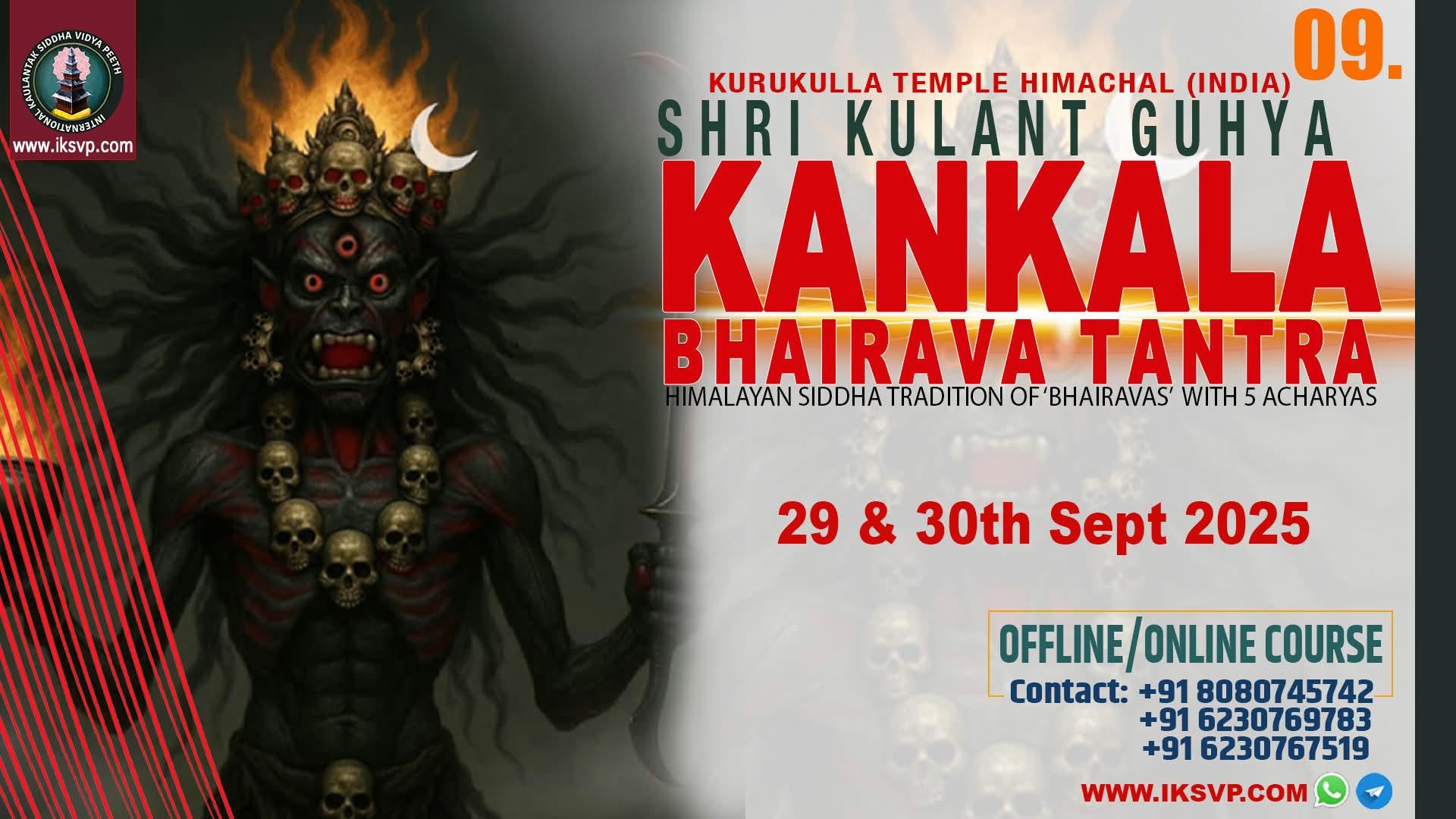Wishing everyone abundant greetings of Diwali from Kaulantak Peeth team. This year, Mahasiddha Ishaputra celebrated Diwali at the sacred Kurukulla Temple. Despite facing immense hardships and challenges, we performed the Diwali puja with utmost devotion at the feet of Bhagwati.
All roads leading to the Kurukulla Temple were completely blocked, yet Mahasiddha Ishaputra, accompanied by all the Bhairavs and Bhairavis, walked on foot with unwavering determination and reached the temple. There, we lit many lamps (deep), illuminating the entire premises of Bhagwati with radiant light, making it sparkle gloriously.
Following this, we conducted the grand puja and aarti of Bhagwati amidst great fervor, joy, and celebration. In this way, even in the face of tough circumstances, we ensured that Bhagwati's temple did not remain desolate. Instead, we celebrated Diwali right at Her divine feet, filling the space with devotion, light, and triumph over adversity.
#Diwali #HappyDiwali #Ishaputra #mahasiddhaishaputra #MahayogiSatyendraNath #kurukulla #goddesskurukulla #lakshmi #KaulantakPeeth #KulantPeeth #IKSVP #bhagwanshiv #shiva #lordshiva #swachchhandbhairava #SiddhaDharma #himalayansiddhatradition #hiddendeities #scrolllink
All roads leading to the Kurukulla Temple were completely blocked, yet Mahasiddha Ishaputra, accompanied by all the Bhairavs and Bhairavis, walked on foot with unwavering determination and reached the temple. There, we lit many lamps (deep), illuminating the entire premises of Bhagwati with radiant light, making it sparkle gloriously.
Following this, we conducted the grand puja and aarti of Bhagwati amidst great fervor, joy, and celebration. In this way, even in the face of tough circumstances, we ensured that Bhagwati's temple did not remain desolate. Instead, we celebrated Diwali right at Her divine feet, filling the space with devotion, light, and triumph over adversity.
#Diwali #HappyDiwali #Ishaputra #mahasiddhaishaputra #MahayogiSatyendraNath #kurukulla #goddesskurukulla #lakshmi #KaulantakPeeth #KulantPeeth #IKSVP #bhagwanshiv #shiva #lordshiva #swachchhandbhairava #SiddhaDharma #himalayansiddhatradition #hiddendeities #scrolllink
Wishing everyone abundant greetings of Diwali from Kaulantak Peeth team. This year, Mahasiddha Ishaputra celebrated Diwali at the sacred Kurukulla Temple. Despite facing immense hardships and challenges, we performed the Diwali puja with utmost devotion at the feet of Bhagwati.
All roads leading to the Kurukulla Temple were completely blocked, yet Mahasiddha Ishaputra, accompanied by all the Bhairavs and Bhairavis, walked on foot with unwavering determination and reached the temple. There, we lit many lamps (deep), illuminating the entire premises of Bhagwati with radiant light, making it sparkle gloriously.
Following this, we conducted the grand puja and aarti of Bhagwati amidst great fervor, joy, and celebration. In this way, even in the face of tough circumstances, we ensured that Bhagwati's temple did not remain desolate. Instead, we celebrated Diwali right at Her divine feet, filling the space with devotion, light, and triumph over adversity.
#Diwali #HappyDiwali #Ishaputra #mahasiddhaishaputra #MahayogiSatyendraNath #kurukulla #goddesskurukulla #lakshmi #KaulantakPeeth #KulantPeeth #IKSVP #bhagwanshiv #shiva #lordshiva #swachchhandbhairava #SiddhaDharma #himalayansiddhatradition #hiddendeities #scrolllink








